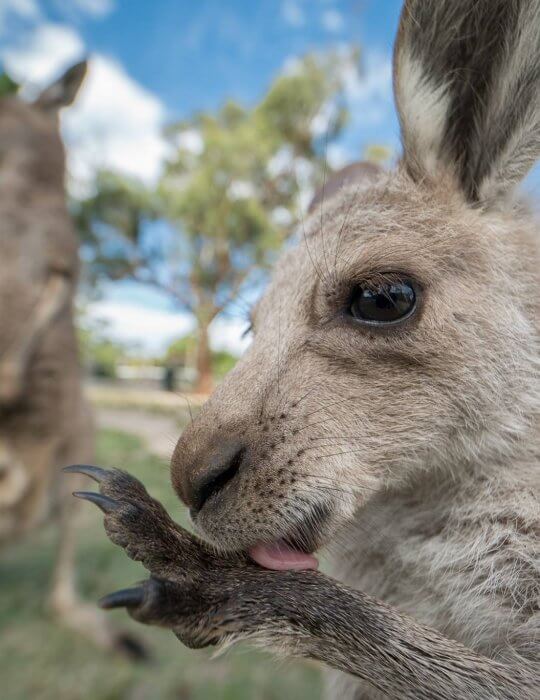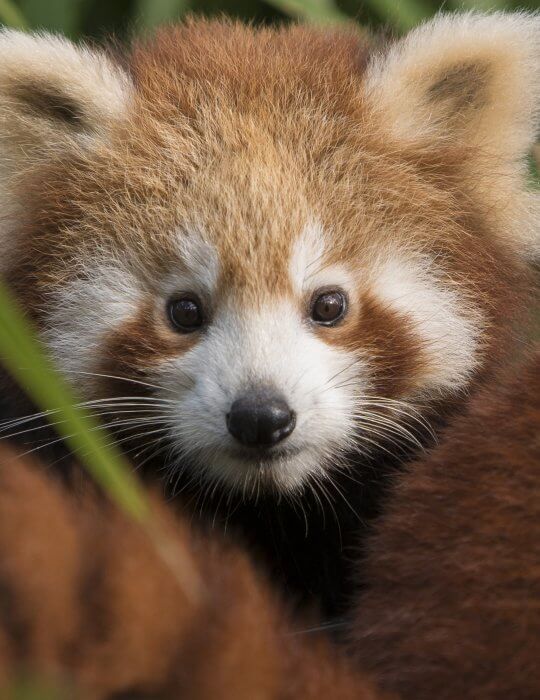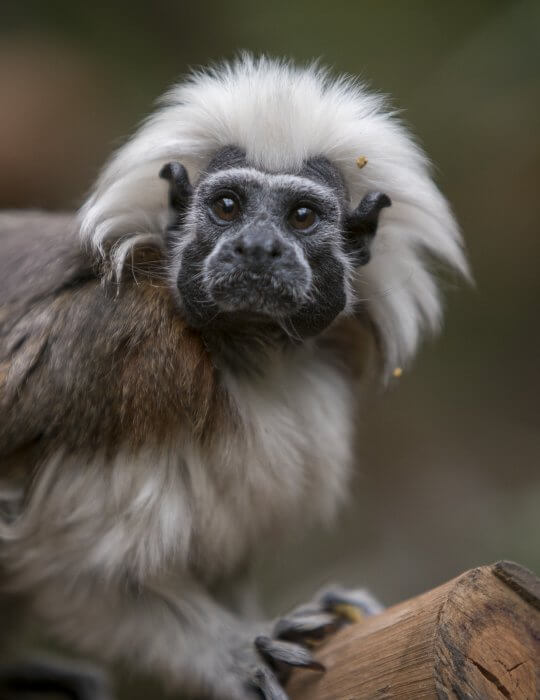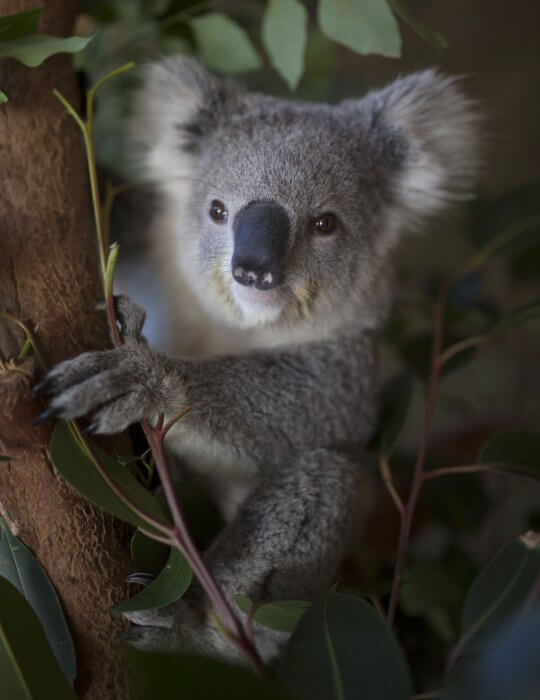Cheetah
Here at Symbio Wildlife Park our Cheetah enjoys relaxing by the warmth of the glass in the large viewing area where guests can literally get just inches from this majestic big cat.
About
The cheetah is the world’s fastest land animal and Africa’s most endangered big cat. Uniquely adapted for speed, the cheetah is capable of reaching speeds greater than 110 kilometers per hour in just over 3 seconds, and at top speed their stride is 7 meters long.
With its long legs and very slender body, the cheetah’s unique morphology and physiology allow it to attain the extreme speeds for which it is famous for.
The Cheetah’s long muscular tail works like a rudder, stabilizing, and acting as a counter-balance to it’s body weight. This allows sudden sharp turns during high speeds chases. The tail is also thought to be a signaling device, helping young cubs follow their mothers in tall grass. The tip of the tail varies in color from white to black among individuals.
Adult cheetahs are easily distinguished from other cats by their solid black spots. The color and spots are a form of camouflage which helps cheetahs hunt prey and hide from other predators.
Until about three months of age cheetah cubs have a thick silvery-grey mantle down their back. The mantle helps camouflage the cubs by imitating the look of an aggressive animal called a honey badger. This mimicry may help deter predators such as lions, hyenas, and eagles from attempting to kill them.
Diet
The cheetah utilizes its speed to hunt various prey that inhabit the open or partially open savannah.
Typically the diet of the cheetah consists of gazelles, wildebeest calves, impalas, and smaller hoofed animals in its habitat. Furthermore, cheetahs may eat rabbits, birds, hares, antelopes, and warthogs. Since water can be very scarce in its native land, cheetahs have the ability to survive with just one drink every three or four days.
Camouflaged against the tall grasses, cheetahs quietly sneak up on their prey until they are confident about the attack, burst out using their tail as a rudder, trip the animal with their paw, and then suffocate it with a bite to the neck. After making the kill, cheetahs must eat quickly or drag the food to a hiding spot before any lions, leopards, or hyenas steal it.
While they may be the speediest animal, only half of the 20-60 second hunts are actually successful.
Fun facts
- The cheetah is the fastest land animal in the world, reaching speeds of up to 113km/h and can accelerate from 0 to 100km/h in just 3 seconds. They can only maintain this top speed for a short time before tiring.
- At top speed the Cheetahs stride is 7 meters long. That’s longer than two car lengths!
- Cheetahs have “tear marks” that run from the inside corners of their eyes down to the outside edges of their mouth. These marks help reflect the glare of the sun when they are hunting during the day. They work just like the black marks that football players put under their eyes during the games.
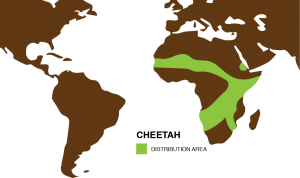
Distribution
Cheetahs can be found in parts of eastern, central, and southwestern Africa with small isolated populations found in southwestern Asia. Still retaining a rather wide distribution through most of sub-Saharan Africa, including Zambia, Mozambique, and Zimbabwe, the largest populations of cheetahs today are found on African natural reserves or parks.
Habitat
Found mostly in grassy savannah plains, scrub forests, grasslands, and semi-arid deserts, cheetahs need to inhabit areas that are infinitely open with plenty of area to roam or run after their prey. Since cheetahs rely on being able to camouflage themselves in the grass while stalking after their dinner, the animals are mostly seen in areas that have thick vegetation and where their favorite foods are located.
Chill out with our Cheetahs
Gallery
Meet our animals


